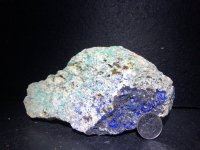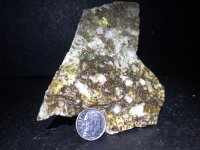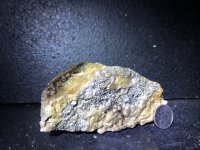I'm curious about how miners capitalize on the values in their mines. I'm guessing it really depends on the types of deposits? Free milling gold makes sense to me, crush, mill and seperate. Leaching makes sense to me, crush, mill, leach, recover... But what about other mineral deposits? I stumbled across info for this mine for sale:
https://bonanzaclaims.github.io/SunsetMineClaim/
The video was pretty neat. Anyway it got me thinking, how would people actually extract zinc or copper or some other mineral? I suppose each has its own process. Would folks mostly be hauling ore to some other plant somewhere and just letting them extract it? Are there many places like that in the US these days? Just a bit curious and thought folks here might be knowledgeable. Thanks!
https://bonanzaclaims.github.io/SunsetMineClaim/
The video was pretty neat. Anyway it got me thinking, how would people actually extract zinc or copper or some other mineral? I suppose each has its own process. Would folks mostly be hauling ore to some other plant somewhere and just letting them extract it? Are there many places like that in the US these days? Just a bit curious and thought folks here might be knowledgeable. Thanks!









